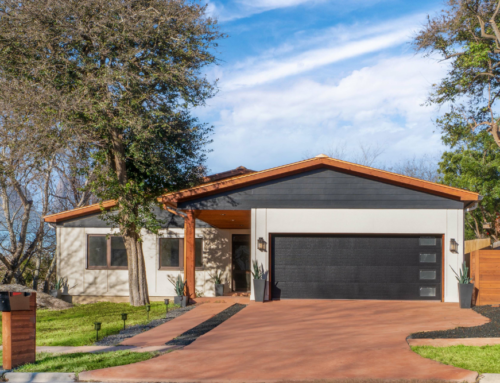Seeing cracks in your home’s foundation, walls, or ceiling can be frustrating and even worrying. Cracks are almost never a positive indicator, and will immediately trigger thoughts that something is wrong. Understanding the cracks in your home is important, as not all cracks are an emergency repair. Some cracks are even expected and common.
But how do you know which ones? For example, there are generally two types of cracks: structural and non-structural. Many people ask which cracks are the bad ones and, technically, there is no such thing as a good crack. However, some cracks are much more serious than others.
Structural Cracks
A structural crack commonly occurs due to issues with the foundation or the surrounding soil. A general rule of thumb for general cracks: these are signs that there is something wrong. The severity of the issue may vary, but structural cracks can become a lot worse.
So, how do you spot a structural crack? These have some common indicators that can make them pretty easy to spot. Structural cracks can be:
- Horizontal
- Vertical
- Diagonal
- A “staircase” crack
These cracks can be found in the walls as well as your foundation. A damaged foundation can eventually affect the rest of your home and cause sloping floors and walls making foundation repair an important choice.

Another way to identify if a crack is structural is by its size. Generally, structural cracks will be wider and longer than non-structural ones. If you see some cracks that are easy to get to, you can use any measuring tape to see how serious the crack may be. For the most part, any crack that is wider than about 1/10 of an inch is something to worry about. The wider the crack, the more serious the issue is. Finding your local foundation repair expert to quickly and efficiently repair these cracks should be a top priority.
Non-Structural Cracks
A non-structural crack are much smaller and thinner than their counterparts. While these cracks don’t necessarily present an immediate threat, they should still be monitored. Keep in mind that non-structural cracks are usually much cheaper to repair, and if left unrepaired they can quickly turn into structural cracks. Non-structural cracks are often repaired with a sealant resin that protects and fortifies your foundation and is much cheaper than if it was a structural crack, making it worth the investment.
For the most part, non-structural cracks are caused by normal wear and tear from age, weather conditions, temperature changes, and shifting soil. Since you can only do so much against these causes, having your foundation regularly inspected can help to spot these small cracks before it becomes a much larger issue.
Are Settling Cracks Normal?
Over the course of the first three to five years that a new house is built, the house is going to “settle”. House settling is natural, and occurs as the weight of the house presses down on the soil beneath it. This is common and even normal for newly built homes. If you have a newly constructed house, you’ll notice that over the next few years your house actually sinks a couple of inches into the ground. This is just the house settling.
House settling should only cause minor issues, if the house was built properly by a reputable builder. Small, non-structural cracks are not uncommon to find as a house settles. When you see these, they can usually be quickly and affordably repaired. While these cracks are not an immediate cause for worry, never repairing them could lead to many other issues.
There are, however, instances where house settling may not be so normal. As mentioned before, it is common for newly built houses to sink a few inches into the ground it is built on. But if one side or part of the house is sinking faster than the rest of the house, this can cause some major issues.
If you are in Fort Worth, Grapevine, or Irving, Texas and have questions about your foundation, Discount Foundation Repair is the #1 choice. We’ll give you a free, thorough foundation inspection to let you know about the issues and potential future issues of your foundation. Get in contact with any of our three offices today to get started.





